To restore your WordPress website on the hosting account, you need to make a backup of the website's filesand the database. Use this guide to generate the backup files and download them to your computer.
Step 2 - Upload the backup to your Shared hosting account
1. Log into your cPanel account using domain.com/cpanel or https://servername:2083 URL.
The cPanel login details differ from the Namecheap ones, and were sent in your Hosting Welcome Guide. If you don't have those details or don't remember your cPanel password, a

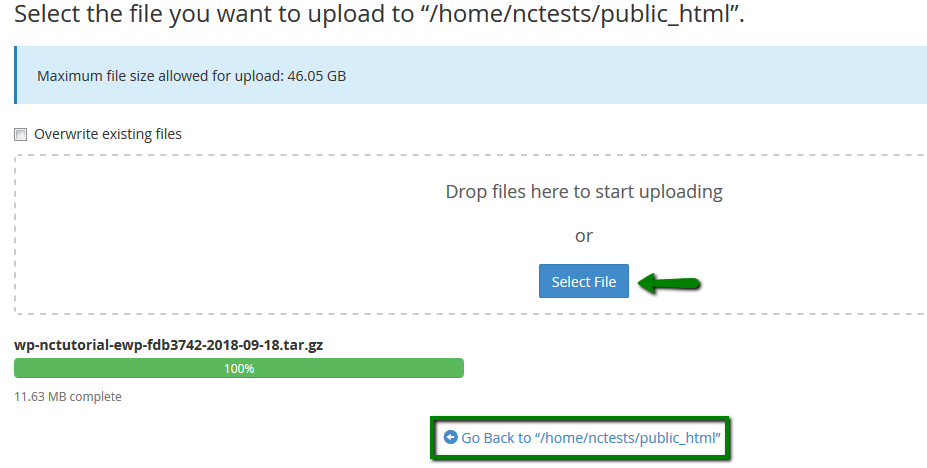
5. When the upload is complete, click Go Back to the root folder of the domain.
Right-click the uploaded file and select Extract to extract files into the working directory:
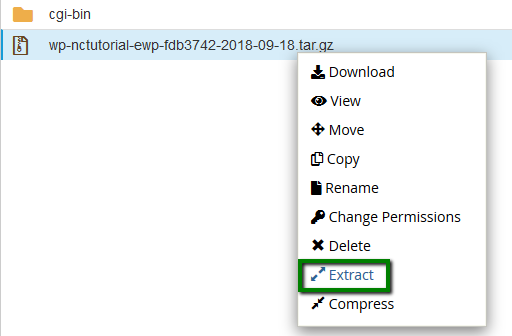
Use this guide to create a new database, database user, and to assign the user to the database. Take a note of the database name, the database user, and database user password. You will need those details later.
Step 4 - Edit the configuration details
1. Go back to File Manager. Find the extracted files, right-click the wp-config.php file, and select Edit.
2. Find the MySQL settings line and replace the database name, database username, and password with your actual values. Also, change the MySQL hostname to localhost:
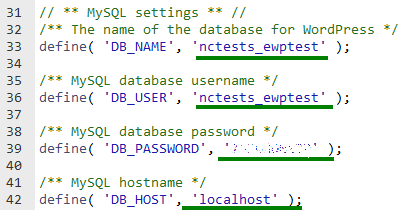
Step 5 - Import the database
2. Wait for the database to be imported. A list of the WordPress tables should appear on the left:
1. Log into your WordPress dashboard. By default, the link is yourdomain.tld/wp-admin.
2. Go to Plugins >> Add new >> search for All-in-one WP migration:

PLEASE NOTE: The free version of this plugin allows importing websites up to 512MB.
3. Go to Export in the new All-in-one WP Migration menu that appeared in the left sidebar:
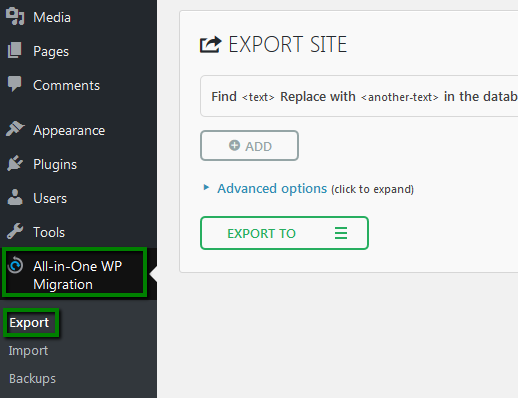
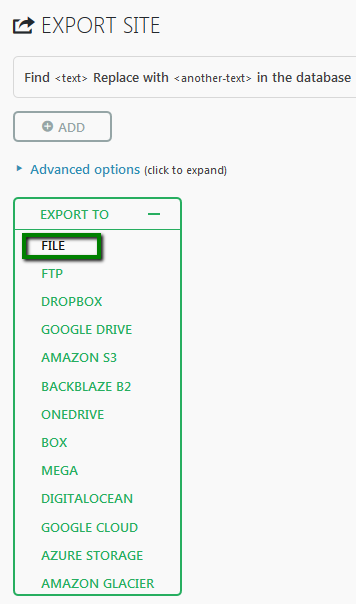

Log into your cPanel account using domain.com/cpanel or https://servername:2083 URL.
The cPanel login details differ from the Namecheap ones and were sent in your Hosting Welcome Guide. If you don't have those details or don't remember your cPanel password, a member of our Support Team would be happy to resend the email or help you reset your password.
Use this guide to install WordPress on your domain.
Step 3 - Install the All-in-one WP migration plugin on the Shared server side
At this point, your domain is still pointed to the previous hosting provider or EasyWP server. If you are not worried about the downtime, you can go on and change DNS to point your domain to the Shared account.
If you want to avoid downtime, you can access your new website on your computer by temporarily modifying the hosts file.
When you are ready, access the WordPress dashboard at yourdomain.tld/wp-admin. Make sure you are in the new dashboard. It should be a default one, with no posts, pages.
Install the All-in-one WP Migration plugin the same way you installed it on the WordPress side.
Step 4 - Import the backup
1. Go to All-in-one WP Migration >> Import and click the Import to button. Select File from the drop-down list:
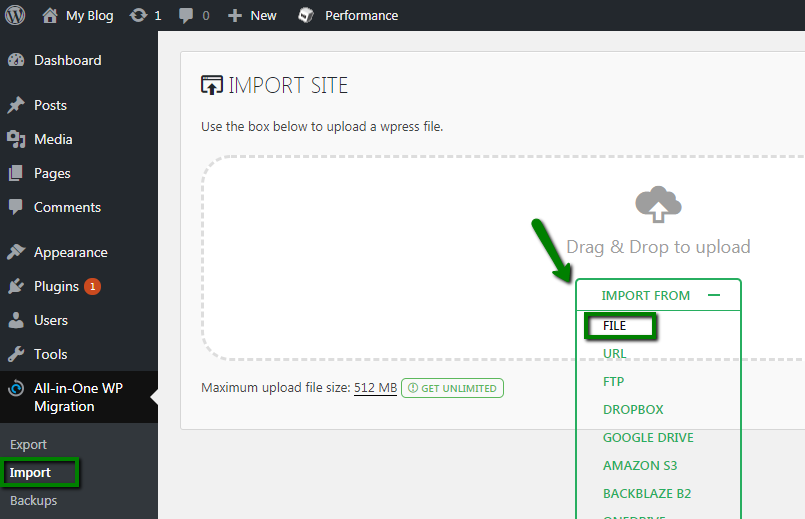
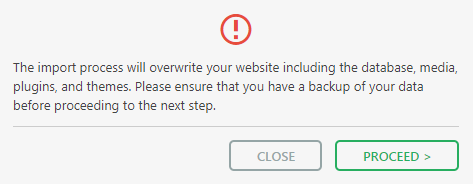

4. In the Permalinks menu, select the permalink structure you prefer and click Save Changes.
If you are using the Custom Structure, copy it first. Select a different setting and click Save Changes. Then, paste the Custom structure and save it again:
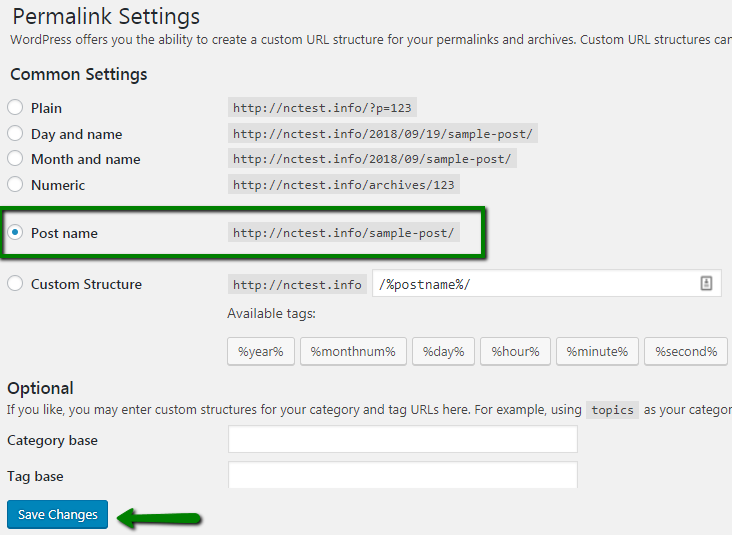
In case you haven't pointed your domain to the Shared account in the previous step, update the DNS records as described in this guide.
Step 1 - Backup WordPress website using Duplicator
1. Log into your WordPress dashboard. By default, the link is yourdomain.tld/wp-admin. If you don't remember your password, use this guide to reset it.
2. Go to Plugins >> Add new >> and search for Duplicator:
3. A new menu Duplicator will appear in the left sidebar. Go to Duplicator >> Packages. Click the Create Newbutton at the top right corner:
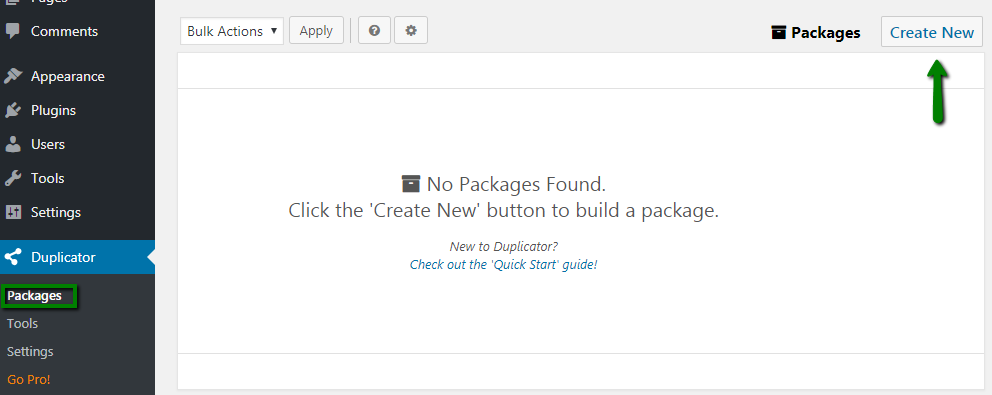 4. Click Next and check the scan results. If everything says Good, click Build and wait for the process to complete:
4. Click Next and check the scan results. If everything says Good, click Build and wait for the process to complete: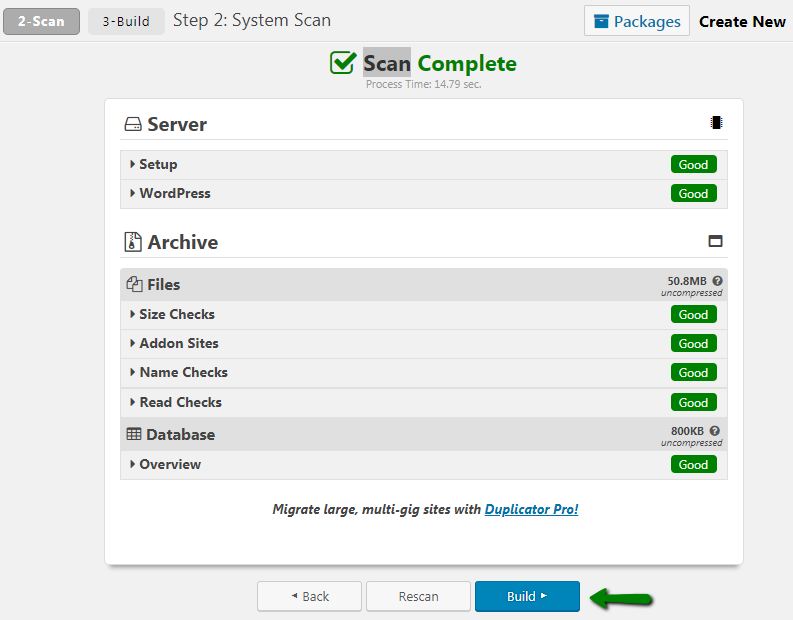
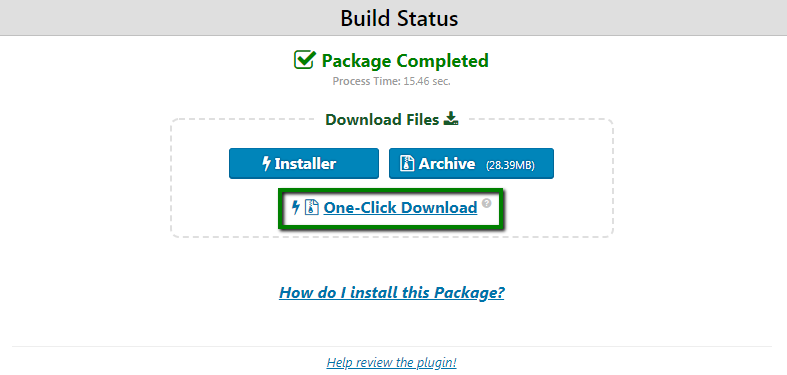
1. Log into your cPanel account using domain.com/cpanel or https://servername:2083 URL.
The cPanel login details differ from the Namecheap ones, and were sent in your Hosting Welcome Guide. If you don't have those details or don't remember your cPanel password, a member of our Support Team would be happy to resend the email or help you reset your password.
Click Upload in the File Manager toolbar:

 Click Go Back when the uploads are complete.
Click Go Back when the uploads are complete.
Step 3 - Create a new database
Use this guide to create a new database, database user, and to assign the user to the database. Take a note of the database name, the database user, and database user password. You will need those details later.
Step 4 - Run the installer
Next step is to access installer.php on the new server. However, the domain is still pointed to the previous hosting provider or EasyWP server at this point. If you are not worried about the downtime, you can go on and change DNS to point your domain to the Shared account.
If you want to avoid downtime, you can access your new website on your computer by temporarily modifying the hosts file.
1. When you are ready, access the installer using the yourdomain.tld/installer.php link, replacing yourdomain.tldwith your actual domain name.
2. The installer will run some checks and show you Pass next to Archive and Validation.
If you see any error, fix it and access the link again.
Check the I have read and accept all terms & notices box and click Next: 3. On the next step, enter localhost as the host, the database name, database username, and database user password you created earlier. Click Next:
3. On the next step, enter localhost as the host, the database name, database username, and database user password you created earlier. Click Next:
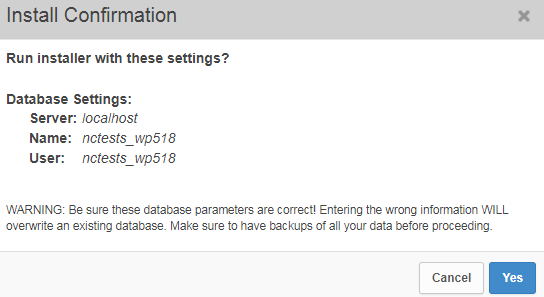
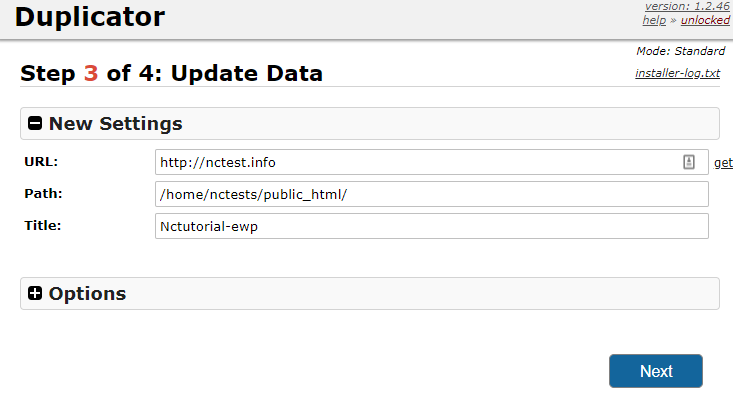
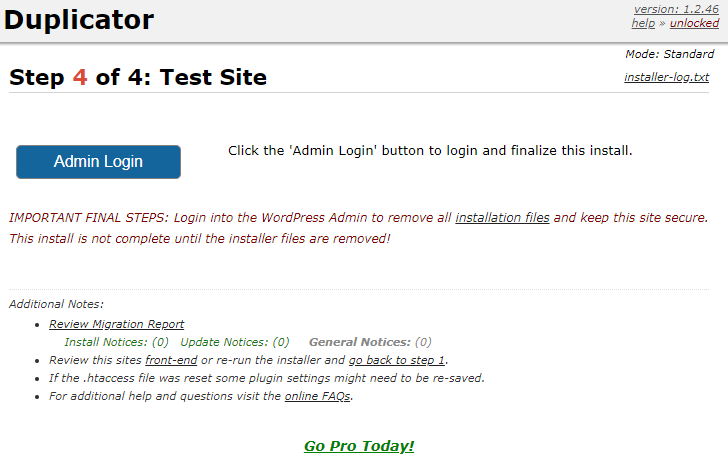
- installer.php
- installer-backup.php
- dup-installer-data_[HASH].sql
- dup-database_[HASH].sql
- dup-installer-log_[HASH].txt
- [HASH]_archive.zip
To delete a file, right-click it and select Delete from the drop-down menu
Leaving these files in your account can impose a security risk.
The transfer is completed. You may visit your WordPress site to make sure that everything is working as expected.
Was this article helpful?
That’s Great!
Thank you for your feedback
Sorry! We couldn't be helpful
Thank you for your feedback
Feedback sent
We appreciate your effort and will try to fix the article